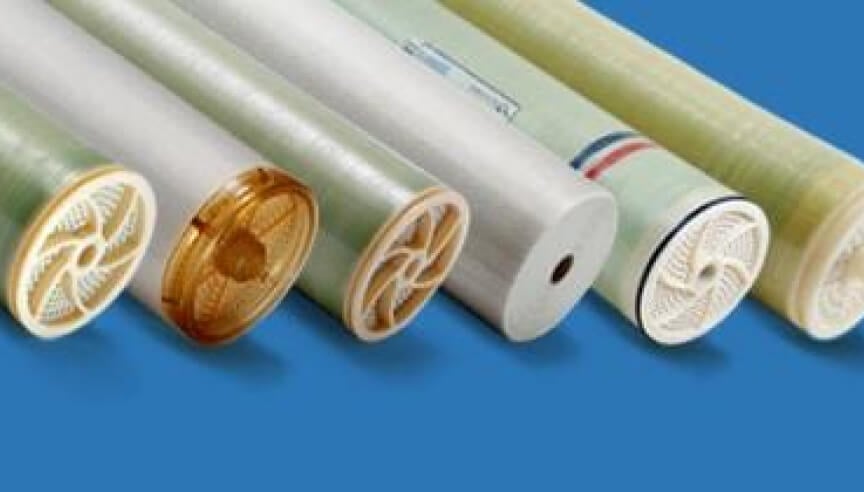Recent Posts
Avoid damage to the filter membranes

5 Essential Rules to Avoid Damage to Filtration Membranes in Water Treatment
Ultrafiltration (UF), nanofiltration (NF), microfiltration (MF), and reverse osmosis (RO) membranes are critical components in modern water treatment systems. They provide a high level of purification by removing contaminants from water. However, these membranes are susceptible to damage, which can compromise their performance and longevity. Here are five essential rules to avoid damage to these filtration membranes.
1. Proper Pre-Treatment
Importance: Pre-treatment is crucial to protect filtration membranes from fouling and scaling. It involves processes that remove particulates, chlorine, hardness, and other contaminants before water reaches the membranes.
Best Practices:
- Sediment Filters:
Install sediment filters to capture large particles and prevent them from clogging the membranes. - Activated Carbon Filters:
Use activated carbon filters to remove chlorine and organic compounds, which can degrade the membrane material, particularly for RO and NF systems. - Water Softening:
Implement water softening techniques to reduce hardness and prevent scaling on the membranes.
2. Regular Cleaning and Maintenance
Importance: Regular cleaning and maintenance are essential to ensure the longevity and efficiency of filtration membranes. Neglecting maintenance can lead to fouling, scaling, and irreversible membrane damage.
Best Practices:
- Scheduled Cleaning:
Follow a regular cleaning schedule using appropriate cleaning agents to remove accumulated contaminants. - Backwashing:
Perform backwashing for UF and MF systems to dislodge trapped particles and prevent clogging. - Chemical Cleaning:
Use chemical cleaning solutions specific to the type of fouling (organic, inorganic, biological) to restore membrane performance.
3. Monitoring and Control
Importance: Continuous monitoring and control of operational parameters help in detecting potential issues early and preventing damage to membranes.
Best Practices:
- Pressure Monitoring:
Regularly monitor the feed and permeate pressures. Sudden pressure drops or increases can indicate fouling or scaling issues. - Flow Rates:
Ensure that the flow rates are within the recommended range for each type of membrane to avoid excessive stress. - Quality Checks:
Regularly check the quality of feed water and permeate to detect any deviations from expected performance.
4. Avoid Chemical and Physical Stress
Importance: Membranes can be sensitive to certain chemicals and physical conditions. Avoiding exposure to harmful substances and conditions is essential to prevent damage.
Best Practices:
- Chemical Compatibility:
Ensure that all chemicals used in pre-treatment and cleaning are compatible with the membrane material. Avoid harsh chemicals that can degrade the membrane. - Temperature Control:
Maintain feed water temperature within the recommended range to prevent thermal damage to the membranes. - Pressure Limits:
Operate the system within the specified pressure limits to prevent physical damage from excessive pressure.
5. Proper Storage and Handling
Importance: Membranes can be damaged during storage and handling. Proper procedures are necessary to maintain their integrity before installation and during replacement.
Best Practices:
- Storage Conditions:
Store membranes in a cool, dry place, away from direct sunlight and chemicals that could cause degradation. - Handling Care:
Handle membranes with care, avoiding physical impacts and rough handling that could cause tears or punctures. - Preservation:
If membranes are stored for an extended period, use appropriate preservation solutions to prevent microbial growth and drying out.
Protecting UF, NF, MF, and RO membranes from damage is vital for maintaining the efficiency and longevity of water treatment systems. By adhering to these five essential rules—proper pre-treatment, regular cleaning and maintenance, monitoring and control, avoiding chemical and physical stress, and proper storage and handling—operators can ensure optimal performance and extend the lifespan of their filtration membranes. Implementing these best practices not only enhances the quality of treated water but also reduces operational costs and downtime associated with membrane replacement and repairs.
